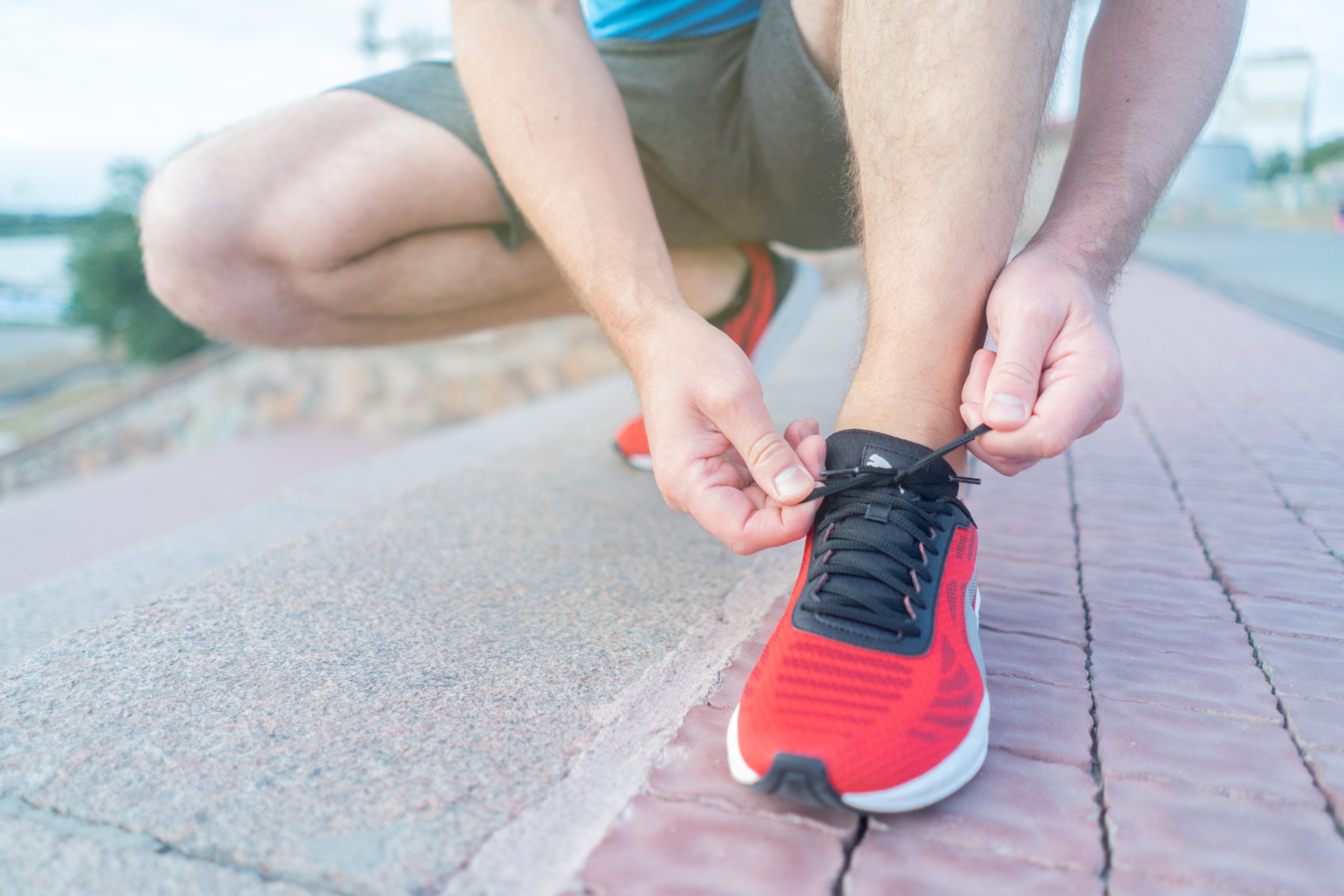Are you struggling to choose the perfect running trainers? With so many brands and models available, it’s not surprising that it can be overwhelming to find the perfect pair. Unfortunately, in today’s world, it seems like there is a debate about everything. When it comes to shoes and injury, the 2020 Journal of Athletic Training review found that “footwear does not cause injury.” However, there are many different opinions on this topic.
Injury causing or not, there are some key points to take into account when choosing the right shoe for your running needs:
Shoe type and foot type
One of the most common misconceptions about overpronation is that you can only wear support shoes at all times. This misconception often makes people purchase the wrong shoes. When shopping for running shoes, it’s important to take into account the foot and the entire lower limb for the best fit.
Fit the right shoe
With so many shoe brands out there, it’s possible to find the perfect pair for you. Make sure to think about what you need in terms of toe box width, heel size, and overall style. Many shoe manufacturers are now making shoes with larger heel drops than ever before.
A good example of this, for instance, is ultra-runners. They will go for a wider shoe in order to have more comfort while running, but there is much more to think with regards to injuries. Studies have shown that those who suffer from Achilles pain should opt for a heel drop of about 8-10mm. This is because when the heel drop is low, it increases the load on the Achilles structure.
In addition, brands such as Brook and New Balance will usually have a wider width, whereas Nike and Asics may be a bit more narrow. In some shoes, mesh uppers can provide extra width for a more comfortable fit. This is nice because the shoe moulds to your feet.
The Right Shoe For The Purpose
These are your three most important questions to ask before buying new shoes: What type of ground will you be exploring? How far will you be going? What type of exercise will you be doing? For instance, a trail runner will need endurance, grippy tread and cushioning shoes. Whereas, a roadrunner will need lightweight, responsive and padded shoes.
The good news is, comfort is in the eye of the beholder. The right shoe for you might not be right for your friend. There’s a lot that goes into finding the best shoe for your foot type, but in general, you can expect a jump in performance from a shoe that suits your needs.
Keep in mind that if you are still experiencing pain when you exercise, you might need to get your shoes checked by specialists such as ourselves and could possibly benefit from custom orthotics. If you’re still experiencing pain while running, it might be time to contact a podiatrist and book an appointment. They can help with any problems you’re having with your feet and might even fix your pain issues.

